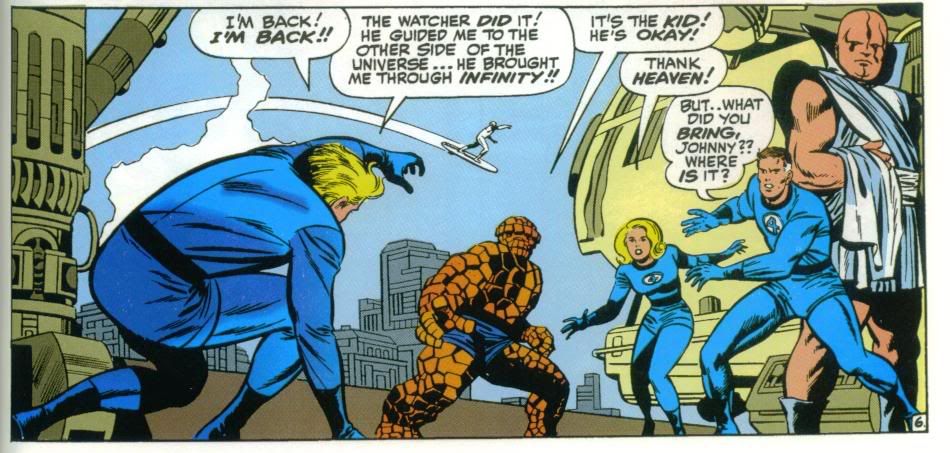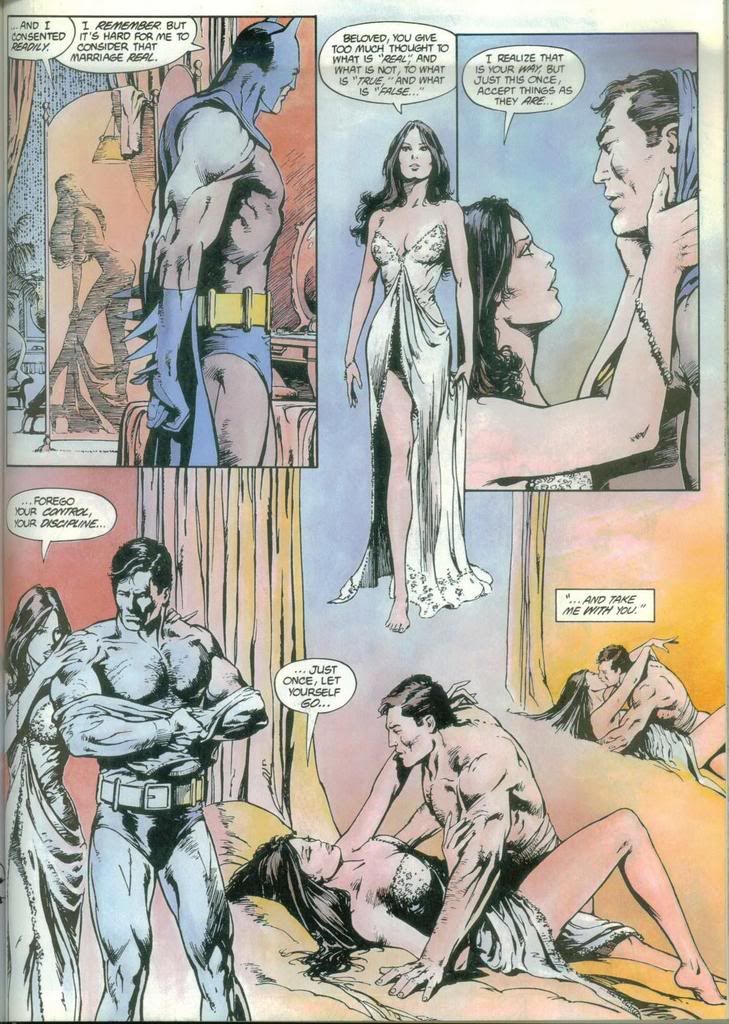I have been watching the next-to-latest "Doctor Who" under what I understand are less-than-optimal conditions; namely, cut up for commercials by the Sci-Fi Channel. It also doesn’t help that the actual newest series has apparently already begun in the UK. So far it’s pretty fun, but admittedly my only other exposure to the Doctor consists of the ‘90s FOX TV movie and scattered "Mystery Science Theater 3000" references. (When the Dalek started spitting out “EX-TER-MI-NATE!”s I could only think of Tom Servo.)
So here’s my question: how connected is this show to the rest of Whovian mythology? I know all the Doctors are part of the same continuity (this guy is the ninth, right?) which goes back decades, so everything has to make sense somehow; but are there a lot of Star Trek-style in-jokes and references? Has the show started to repeat its plots (again, unfortunately, like Trek)? Is the music even similar? I don't feel lost, but I don't know if I'm missing any layers.
The second item is simply to wish composer John Williams a happy 65th birthday. He’s 5-for-45 on Oscar nominations, with his last win 12 years ago (Schindler’s List), and arguments can be made that he’s past his prime, but he’s also responsible for some of the most recognizable music in history. Many a long, lonely car trip in the past few years has gone by faster with an MP3 player full of Williams' scores.
EDIT 4/25/06: Actually, that John Williams turned 74 on February 8. This John Williams, the classical guitarist, just turned 65. I must have heard the birthday wishes out of the corner of my ear on the classical music station and confused one for the other. Still, happy belated birthdays to both!
Finally, Josh wonders (legitimately, I think) why the Peter Parker of Earth-Newspaper-Strip doesn't
Full Post
So here’s my question: how connected is this show to the rest of Whovian mythology? I know all the Doctors are part of the same continuity (this guy is the ninth, right?) which goes back decades, so everything has to make sense somehow; but are there a lot of Star Trek-style in-jokes and references? Has the show started to repeat its plots (again, unfortunately, like Trek)? Is the music even similar? I don't feel lost, but I don't know if I'm missing any layers.
The second item is simply to wish composer John Williams a happy 65th birthday. He’s 5-for-45 on Oscar nominations, with his last win 12 years ago (Schindler’s List), and arguments can be made that he’s past his prime, but he’s also responsible for some of the most recognizable music in history. Many a long, lonely car trip in the past few years has gone by faster with an MP3 player full of Williams' scores.
EDIT 4/25/06: Actually, that John Williams turned 74 on February 8. This John Williams, the classical guitarist, just turned 65. I must have heard the birthday wishes out of the corner of my ear on the classical music station and confused one for the other. Still, happy belated birthdays to both!
Finally, Josh wonders (legitimately, I think) why the Peter Parker of Earth-Newspaper-Strip doesn't
use his wall-crawling powers to become the world’s greatest paparazzo. He could kiss the Daily Bugle goodbye and make the big bucks sending photos of Paris Hilton, Tara Reid, Lindsay Lohan, and other typical celebutants to Us and InStyle and the like [...] and then we’d have a whole story arc about the morality of his new way of earning a living. “They chose a career in the public eye … they’re asking for it!” Peter would say. “But Peter … I’ve chosen that life too!” Mary Jane would retort. Eventually, he’d be assigned to take pictures of his own wife, and they he’d have some hard choices to make.I haven't really kept up with Spidey in a long while, but hadn't he give up freelance photography to become a teacher? (Before he became a full-time Avenger/Tony Stark aide and stopped worrying about money, that is.) I don't think this kind of approach was ever explored in the old days -- it sounds like a variation on the old "why doesn't he patent the web-fluid formula?" don't-go-there question -- but again, I dunno.



